#Ray Cummings
Quote
Time is what keeps everything from happening at once.
Ray Cummings, The Girl in the Golden Atom
#Ray Cummings#quote#quotes#sayings#words#writing#life quotes#love quotes#feelings#memories#thoughts#grunge#hipster#indie#aesthetic#retro
32 notes
·
View notes
Text
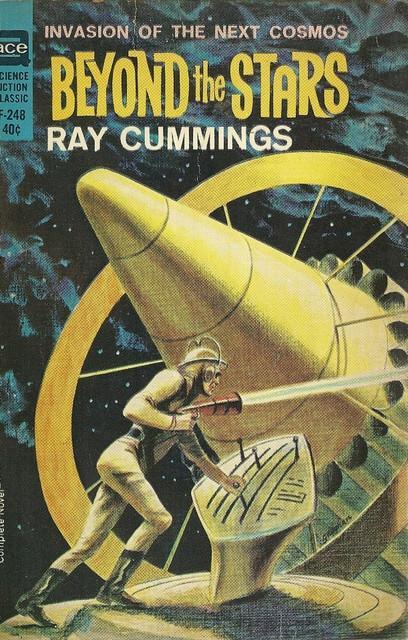
Vintage Paperback - Beyond The Stars by Ray Cummings
Ace (1963)
#Paperback Cover#Paperback Art#Beyond The Stars#Science Fiction#Ray Cummings#Ace#Ace Books#Vintage#Art#1963#1960s#60s#Paperback#Paperbacks
37 notes
·
View notes
Text

Vintage Pulp - Horror Stories (April-May1936)
#Pulp#Horror Stories#Horror#Magazines#Wayne Rogers#Ray Cummings#Vintage#Art#Pulp Art#Pulp Illustration#1936#1930s#30s#Weird Menace
33 notes
·
View notes
Text

THRILLING WONDER STORIES (Better Publications, 1940)
Art: Earle K. Bergey
Edited by Mort Weisinger.
#jack binder#mort weisinger#henry kuttner#pulp#pulps#pulp mag#pulp mags#pulp magazine#pulp science fiction#pulp sci fi#pulp scifi#40s pulp#40s science fiction#40s sci fi#1940s sci fi#1940s science fiction#1940s pulp#1940s pulp science fiction#ray cummings#edmond hamilton#earle k. bergey#earle bergey#golden age#golden age pulp#golden age science fiction#golden age sci fi
10 notes
·
View notes
Text
Authors who contributed to Astounding Stories of Super-Science, in chronological order of the first story they wrote:
Victor Rousseau Emanuel
Sterner St. Paul Meek
Ray Cummings
M. L. Staley
Charles Victor Tench
Murray Leinster
Anthony Pelcher
Harold Vincent Schoepflin
Charles Willard Diffin
Hugh Barnett Cave
Sophie Wenzel Ellis
Will Smith
R. J. Robbins
Sewell Peaslee Wright
A. T. Locke
Thomas Holt Knight
Arthur Josephus Burks
Tom Curry
Lilith Lorraine
James P. Olsen
Roman Frederick Starzl
Edmond Hamilton
Harold Thompson Rich
Miles John Breuer, M.D.
Paul Ernst
Robert Henry Leitfred
Jackson Gee
William Merriam Rouse
Lloyd Arthur Eshbach
David R. Sparks
Hal K. Wells
#Astounding Stories of Super-Science#Rjalker compiles Astounding Stories of Super-Science#Victor Rousseau Emanuel#Sterner St. Paul Meek#Ray Cummings#M. L. Staley#Charles Victor Tench#Murray Leinster#Anthony Pelcher#Harold Vincent Schoepflin#Charles Willard Diffin#Hugh Barnett Cave#Sophie Wenzel Ellis#Will Smith#R. J. Robbins#Sewell Peaslee Wright#A. T. Locke#Thomas Holt Knight#Arthur Josephus Burks#Tom Curry#Lilith Lorraine#James P. Olsen#Roman Frederick Starzl#Edmond Hamilton#Harold Thompson Rich#Miles John Breuer#M.D.#Paul Ernst#Robert Henry Leitfred#Jackson Gee
0 notes
Text





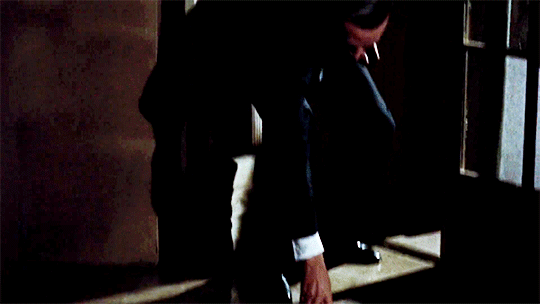


"How do you go about writing a detective story?"
"Well, you forget detection and concentrate on crime. Crime's the thing. And then you imagine you're going to steal something or murder somebody."
"Oh, is that how you do it? It's interesting."
Dial M for Murder (1954)
director. Alfred Hitchcock.
#dial m for murder#filmedit#filmgifs#films#oldhollywoodedit#movies#userasha#useranais#userdeforest#userrutledge#uservintage#ritahayworrth#vivienvalentino#classicfilmsource#classicfilmcentral#classicfilmloves#adaptationsdaily#hichcockedit#1950s#grace kelly#ray milland#alfred hitchcock#hitchcock#robert cummings#*#*gifs#gifs#gifset#gif#my gifs
228 notes
·
View notes
Text
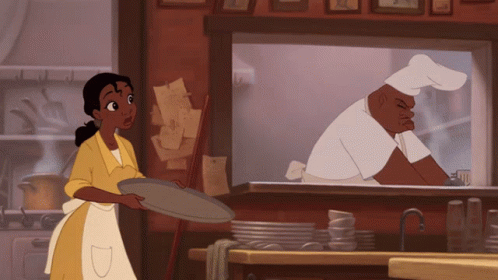



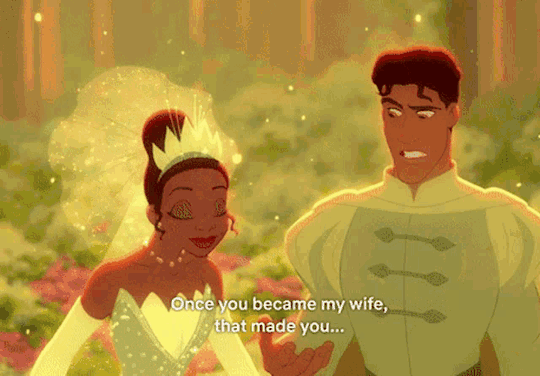


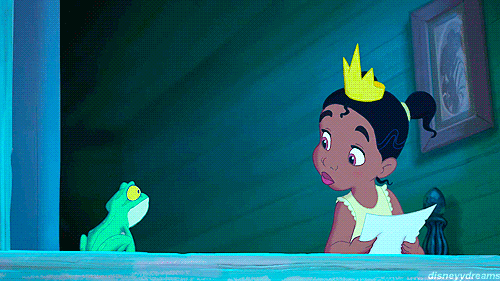


。∗๑♛ 𝒯𝒽𝑒 𝒫𝓇𝒾𝓃𝒸𝑒𝓈𝓈 ﹠ 𝒯𝒽𝑒 𝐹𝓇𝑜𝑔 ♛๑∗。
Live-Action: Tiana [as Letitia Wright] & Prince Naveen [as Tenoch Huerta]
Original post
#letitia wright#tenoch huerta#namuri#nashuri#prince naveen#tiana#the princess and the frog#tiana x naveen#dr. facilier#ray#mama odie#charlotte la bouff#evangeline#Louis#firefly#disney live action#Disney Princess#anika noni rose#bruno campos#jim cummings#oprah winfrey#terrence howard#jenifer lewis#Peter Bartlett#new orleans#beignets#mardi gras#swamp#tianas place#black princess
583 notes
·
View notes
Text
marisha and liam just chattin' about how everybody knows that you're allowed to get a pass for alan cumming
33 notes
·
View notes
Text
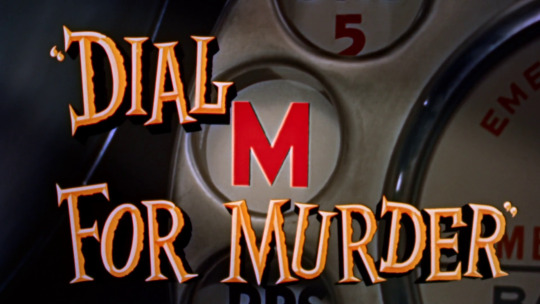

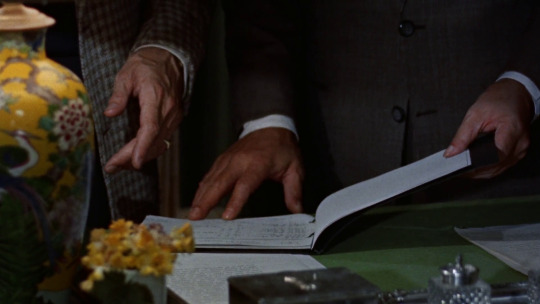

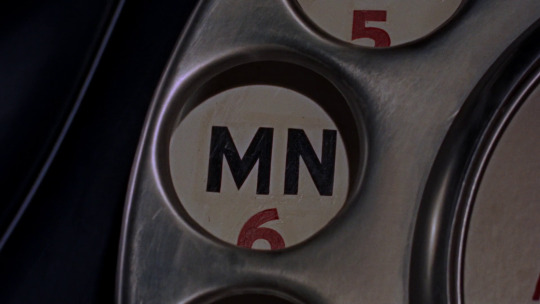


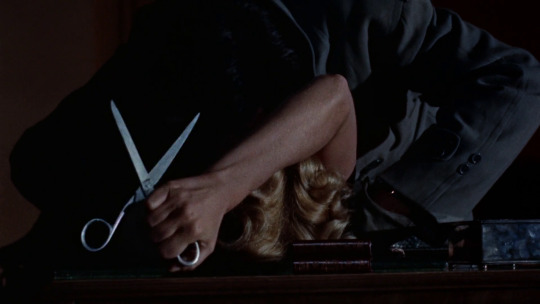
DIAL M FOR MURDER (1954)
Director: Alfred Hitchcock
Cinematography: Robert Burks
#dial m for murder#alfred hitchcock#ray milland#grace kelly#john williams#robert cummings#hitchcock#hitchcock movies#50s#50s movies#50s thrillers#thriller movies#cinematography#movie screencaps#movie screenshots#movie frames#film screencaps#film screenshots#film frames#screencaps#screenshots
12 notes
·
View notes
Video
👩👧👦💖
#video#tiktok#tiktoks#cute#mother's day#love#disney#winnie the pooh#tigger#darkwing duck#ray#raymond#jim cummings#jimjcummings
109 notes
·
View notes
Text
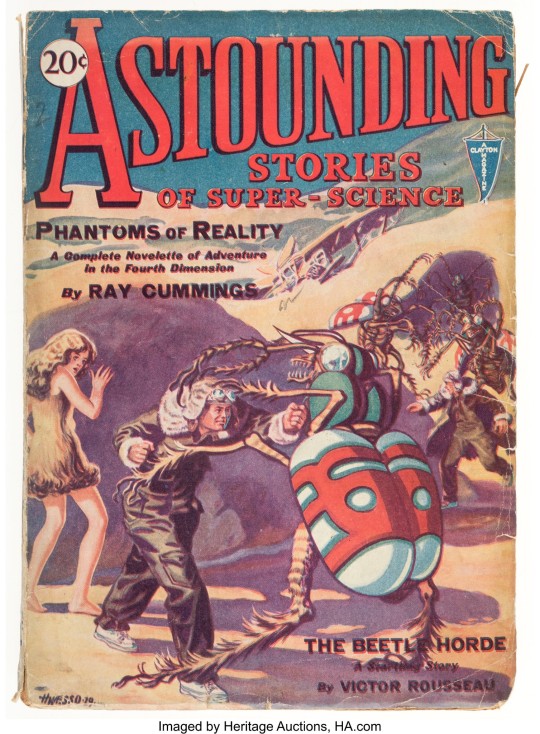
Vintage Pulp - Astounding Stories (Jan1932) (Street And Smith)
Art by Hans Wesso
#Pulp#Astounding Stories#Science Fiction#Hans Wesso#Ray Cummings#Victor Rousseau#Street And Smith#Magazines#Vintage#Art#Science Fiction Art#Science Fiction Illustration#1932#1930s#30s
42 notes
·
View notes
Text


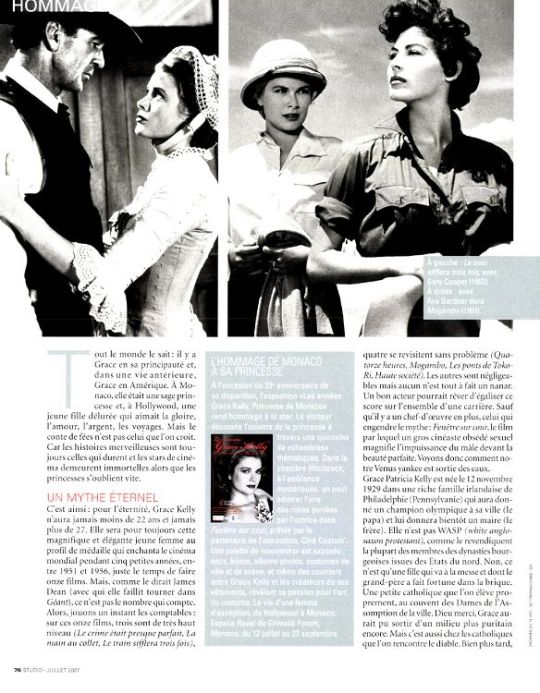



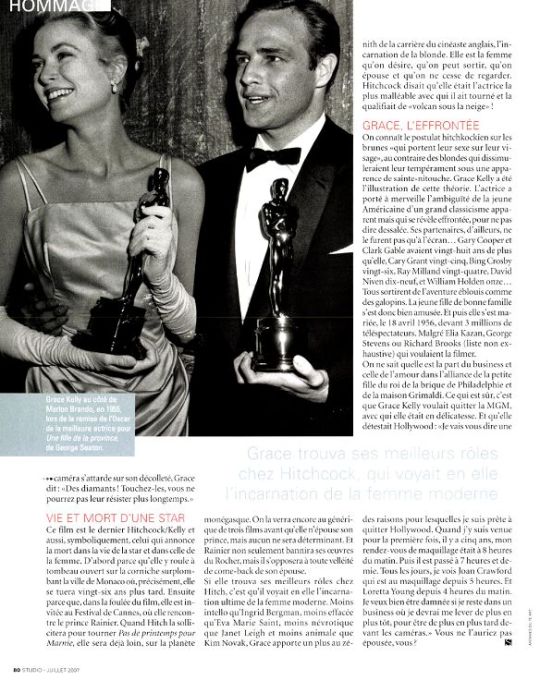
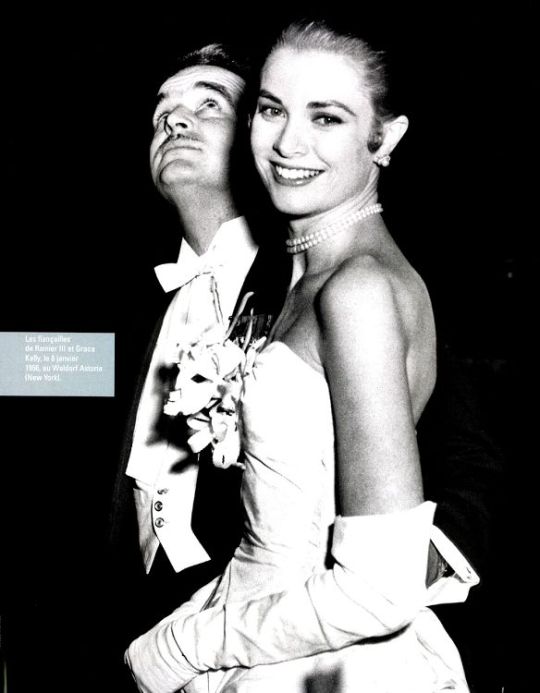
STUDIO N°236 JUILLET 2007
#grace kelly#prince rainier#grace and rainier#marlon brando#cary grant#ray milland#robert cummings#jimmy stewart#alfred hitchcock#ava gardner#gary cooper
9 notes
·
View notes
Text
so so far there are two (2) Astounding Stories of Super-Science that are bigoted shit.
(There might be more in the February edition, I read that one a while ago before I realized there was a whole series, and I forget most of what happened in that one)
1: Brigands of the Stars, by Ray Cummings
Racist and misogynistic
2: Monsters of Moyen by Arthur J. Burks
Racist, misogynistic, ableist, uses the fucking N word, and calls literally harmless shit "rape" at least twice. The evil Eastern emperor who's "terrorizing the West" is described as disfigured and ugly and somehow representative of literally all people of color at the same time. There's only one female character and she's apparently the most beautiful white woman ever to exist and all she does is be the protag's woman he loves, who the evil scary disabled brown man plans to enslave for some fucking reason -.-
#misogyny#racism#ableism#Astounding Stories of Super-Science#Science fiction#Ray Cummings#Arthur J. Burks#Arthur Burks
0 notes
Text

Dial M for Murder, 1954.
5 notes
·
View notes
Text
Dial M for Murder (1954)

Dial M for Murder plays like a film you might’ve seen before but in reverse, which makes it feel brand new. Director Alfred Hitchcock maintains a consistent level of suspense throughout, adapts the play to the screen marvelously - with help from the author, Frederick Knott, who also wrote the screenplay - and the actors are all clearly having a great time helping tie our stomachs in knots.
Margot Wendice (Grace Kelly) has been having an affair with American crime-fiction writer Mark Halliday (Robert Cumings). He’s coming to visit. They don't realize her husband, Tony (Ray Milland) knows of her infidelity. He plans on having her assassinated as revenge. As her husband, this means her money will continue to keep him comfortable long after she's dead.
You know the rule in heist movies, where if they tell you what the plan is, it isn’t going to work, and if they don’t tell you, it will? This film takes this rule and turns it on its head. We know what Tony has planned for Margot. He’s been setting the machine in motion for a while now. It doesn’t seem like much could go wrong, but it does. Now, you’re torn. Much more back in the ‘50s but today, you don’t exactly sympathize 100% with Margot. She’s been having an affair, after all. Not that you sympathize with the would-be murderer instead, but he’s got something she doesn’t. As the scheming, vengeful husband, Ray Milland is excellent. He’s charming and appealing even before proving how resourceful he can be when things go wrong. You admire his ability to improvise and adapt. You don’t want the plan to go so awry that he’ll get caught - this would cause the movie to end. You kind of want it to go off without a hitch… but not too well.
Seeing the pieces fall into place is suspenseful and darkly fun. You put yourself in the shoes of all of the characters but primarily, in Tony’s. Everyone’s seen those true-crime TV series that tell you what the villain had planned and how they got caught. We’ve all taken mental notes about the mistakes those people made just in case. Not that you'd ever want to kill anyone, but if you did, you'd want it to be the same kind of perfect crime as Tony's. Unfortunately, there are so many things that could go wrong, it seems impossible… but then again, maybe it isn’t. Either way, it’s been quite the ride.
Dial M for Murder contains many gasp-worthy surprises to maintain the intrigue and suspense. You’ll hardly notice the limited number of locations - a clear giveaway this was originally made to be a play. Certain key shots break the usual moves we’d seen on a stage at just the right spots to show off a key detail - usually an indicator that something’s gone wrong. The marvellous black-and-white photography strips away all the distractions you’d get if it were in colour. It’s all about the scheme and the people involved. It makes for a memorable film. Perhaps not as flashy as some of Hitchcock’s best-known pictures, but excellent nonetheless. You’ll be shocked by how quickly the whole thing flies by.
I had seen Dial M for Murder before and I can’t explain why I didn’t fall in love with it at first sight. It’s delightfully twisted, magnificently performed, tightly written and it’ll keep you giddily nervous up until the very end. (April 9, 2021)
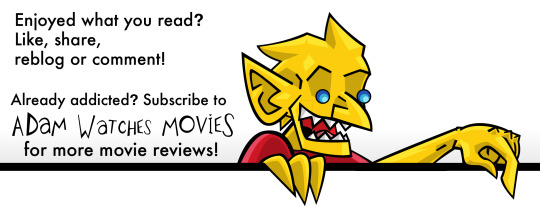
#Dial M for Murder#movies#films#movie reviews#film reviews#Alfred Hitchcock#Frederick Knott#Ray Milland#Grace Kelly#RObert Cummings#John Williams#1954 movies#1954 films
4 notes
·
View notes
Text
Dial M for Murder


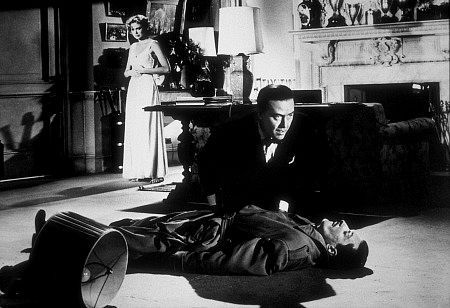
With Jack Arnold’s IT CAME FROM OUTER SPACE (1953), Alfred Hitchcock’s DIAL M FOR MURDER (1954, TCM, Tubi) is one of the only films from the early 3D craze to use the format artistically. Both avoid arbitrarily shoving objects in the audience’s faces (how many of us have nightmares about that damned paddleball in HOUSE OF WAX?). But where Arnold uses 3D to emphasize the vast emptiness of the desert, Hitchcock uses it to underline his film’s claustrophobic action, set almost entirely in the flat shared by retired tennis pro Ray Milland and his heiress wife, Grace Kelly. This account of a jealous husband plotting the perfect crime twice to keep control of his wife’s estate may not be the perfect thriller, but with Hitchcock directing, it’s hard to spot any plot holes (feel free to suggest them in the comments). The only noticeable instance of his shoving something at the audience is Kelly’s outstretched hand as she’s being strangled, and who could object to getting that close to those lovely digits as long as she’s not reaching for an Oscar she didn’t deserve. We’re so used to thinking of Hitchcock in terms of his great, near silent montages it’s a revelation to see how well he breaks up long dialog scenes, particularly Milland’s blackmailing former school chum Anthony Dawson into killing Kelly for him. Milland wisely plays against the villainy of the role. He brings his years of experience doing light comedy to bear on the role, and it works. He’s matched by John Williams’ droll playing as the chief inspector on the case. As Kelly’s secret lover, Robert Cummings has some light romantic moments, but he’s got a little more heavy drama to pull off, and to his credit, he doesn’t overdo it. Kelly’s best moments are silent. She looks delicious, but her big breakdown after the killing has dated badly. There’s a fascinating artificial quality to the film, partly because Hitchcock and Frederick Knott, who wrote the original play and the screenplay, haven’t done much to open up the material. There are some bad process shots on the few exteriors, like Cummings’ arrival by ocean liner, that fit into this. There’s also a cheery quality to Dimitri Tiomkin’s opening title music that seems to be telling us that we’re not about to see anything resembling real life. As a work of artifice, highlighting the plot’s mechanical construction (every important prop is painstakingly planted so even the dimmest audience members can’t miss it), the film seems to suggest that the beauty of the well-made plot is an illusion to disguise the chaotic nature of existence so prevalent in Hitchcock’s films.
2 notes
·
View notes